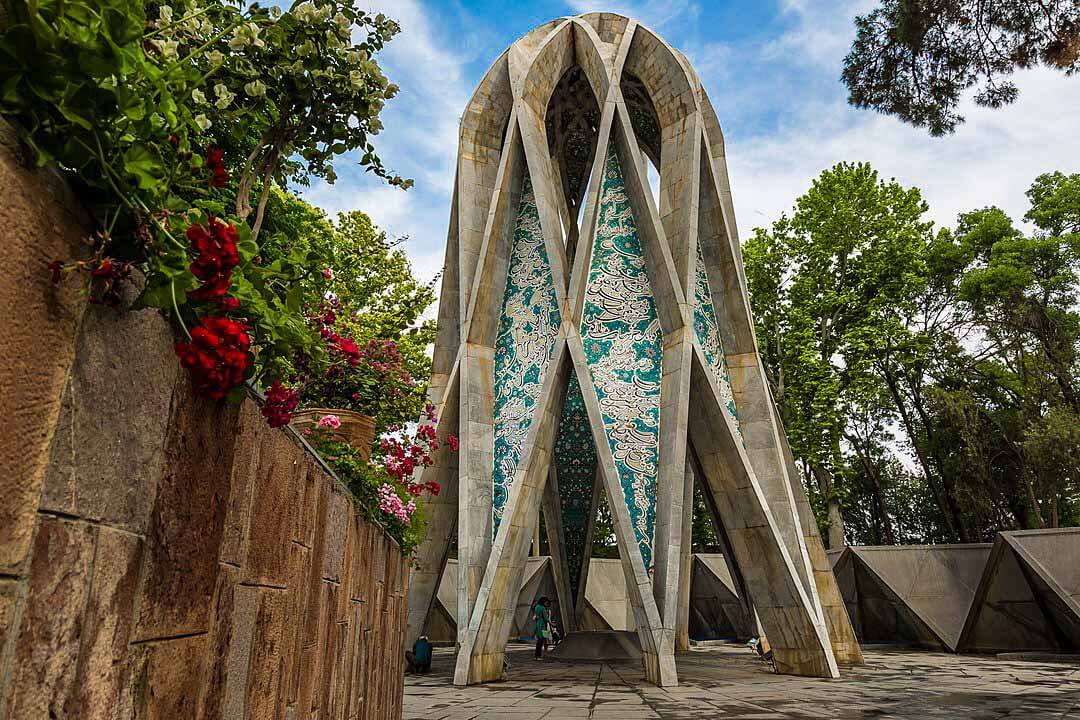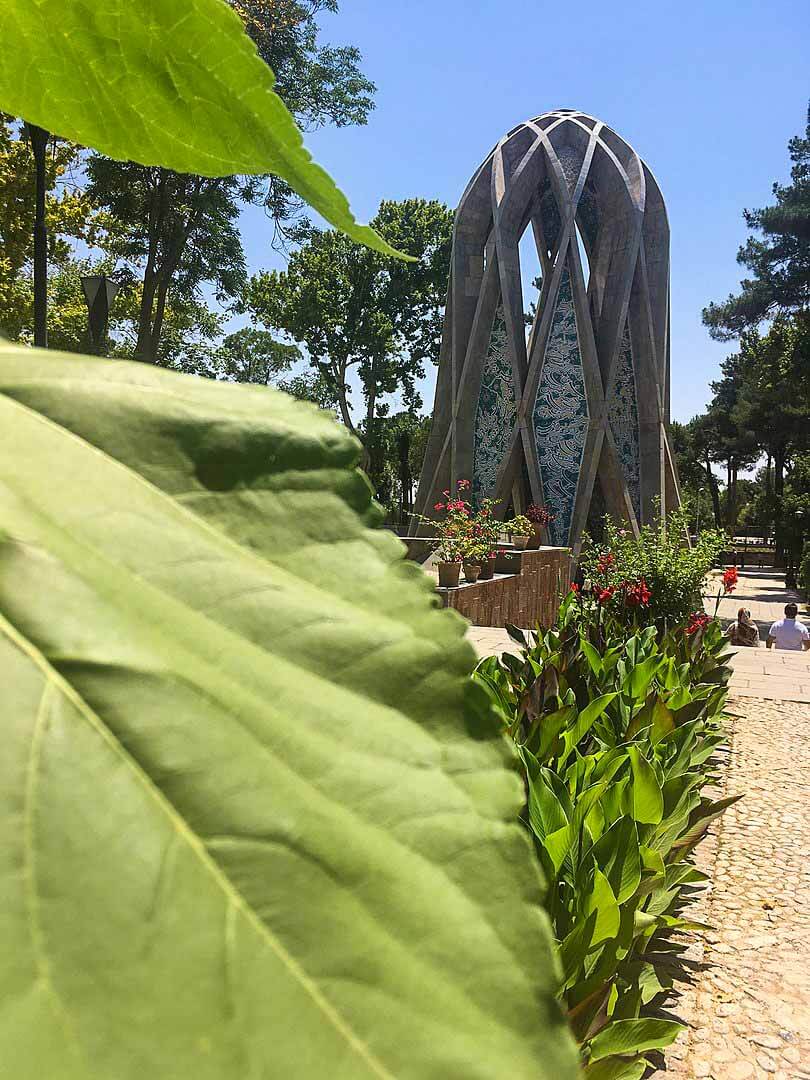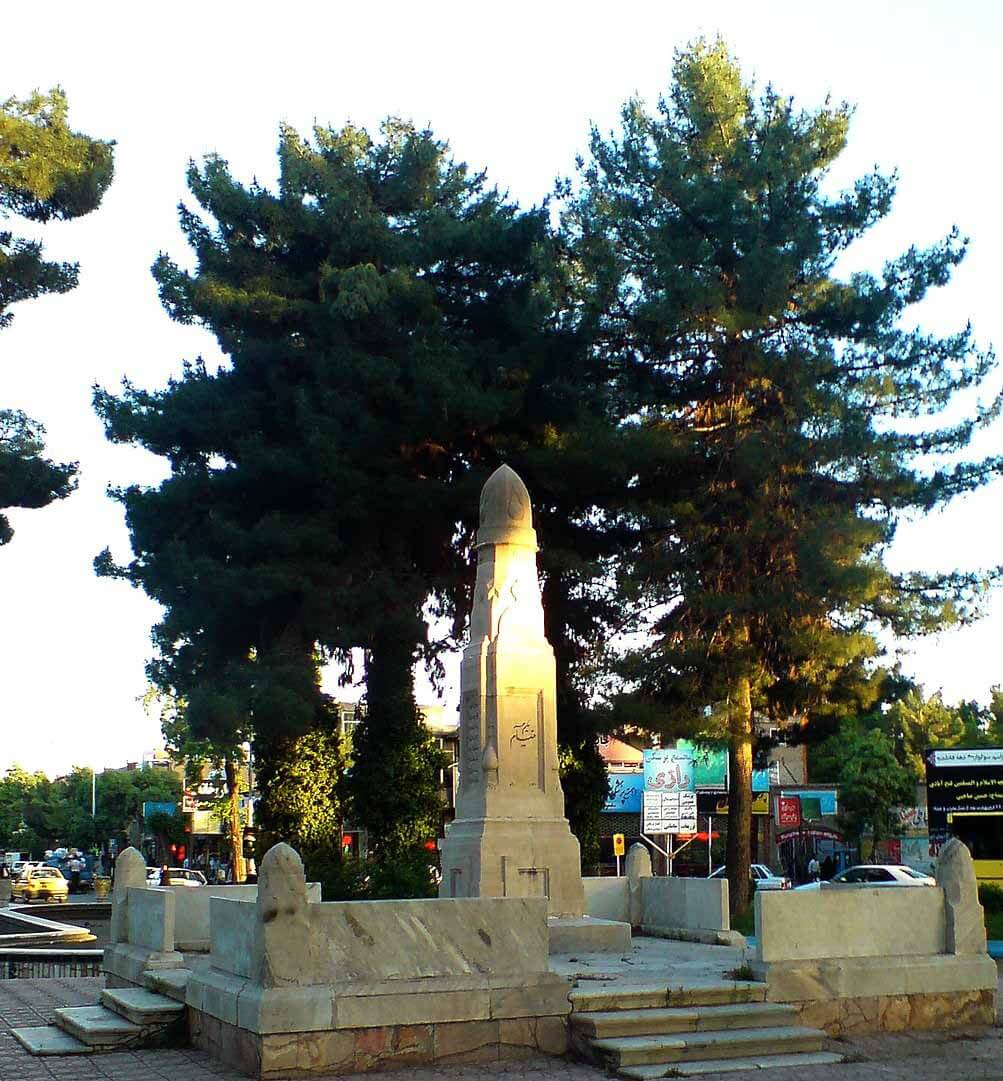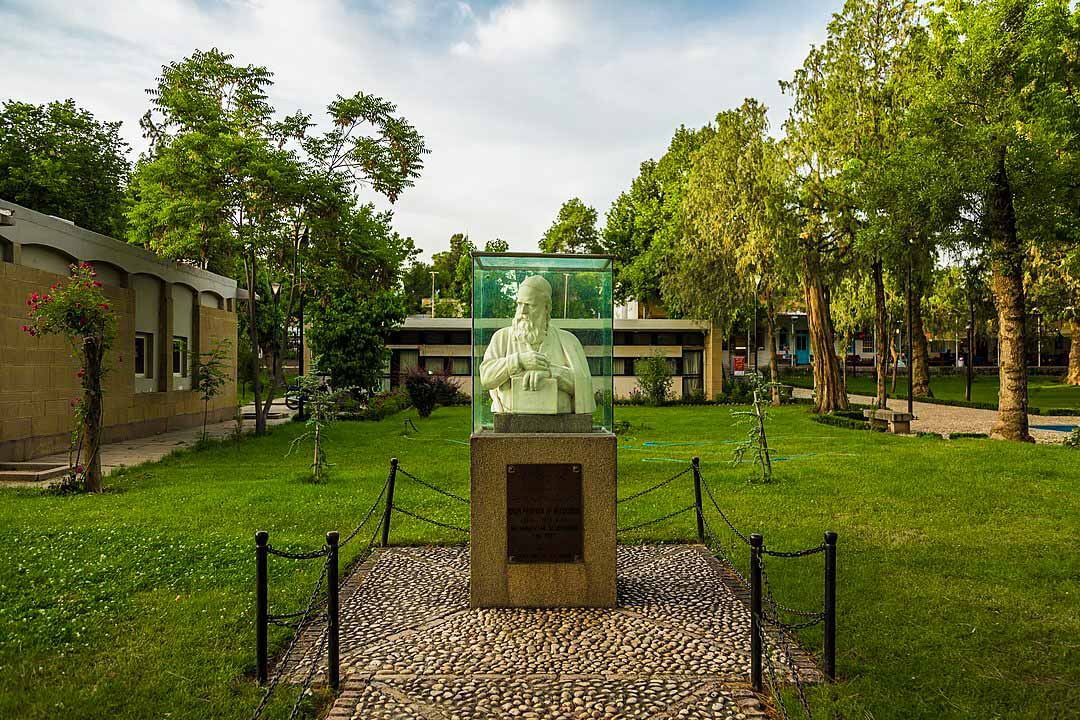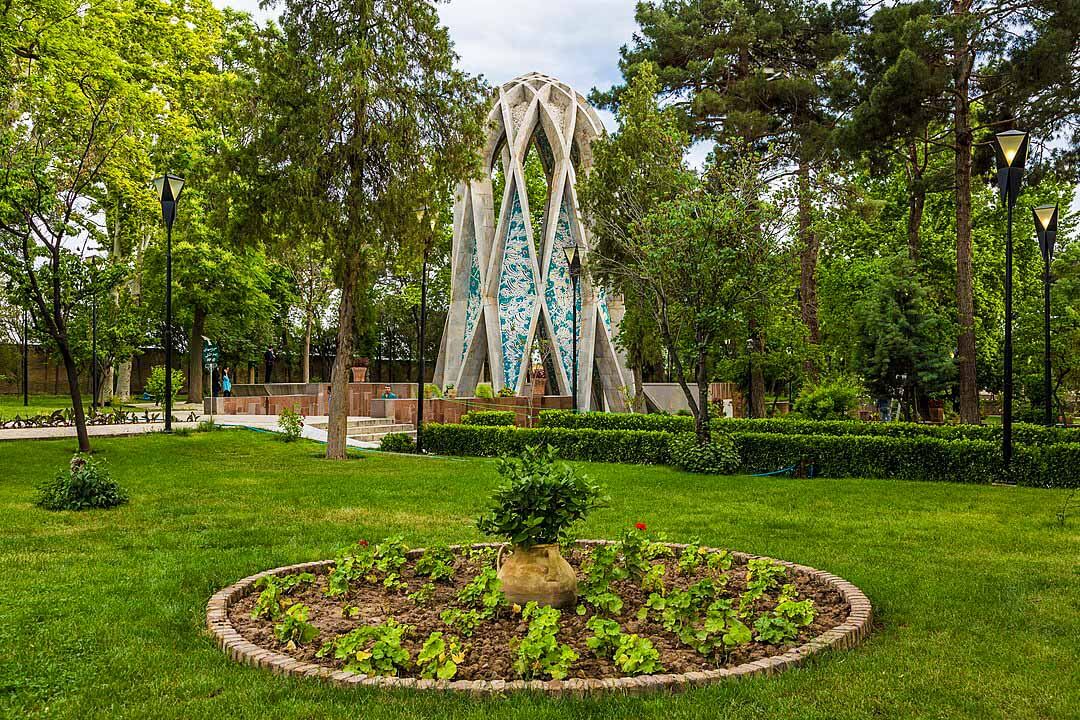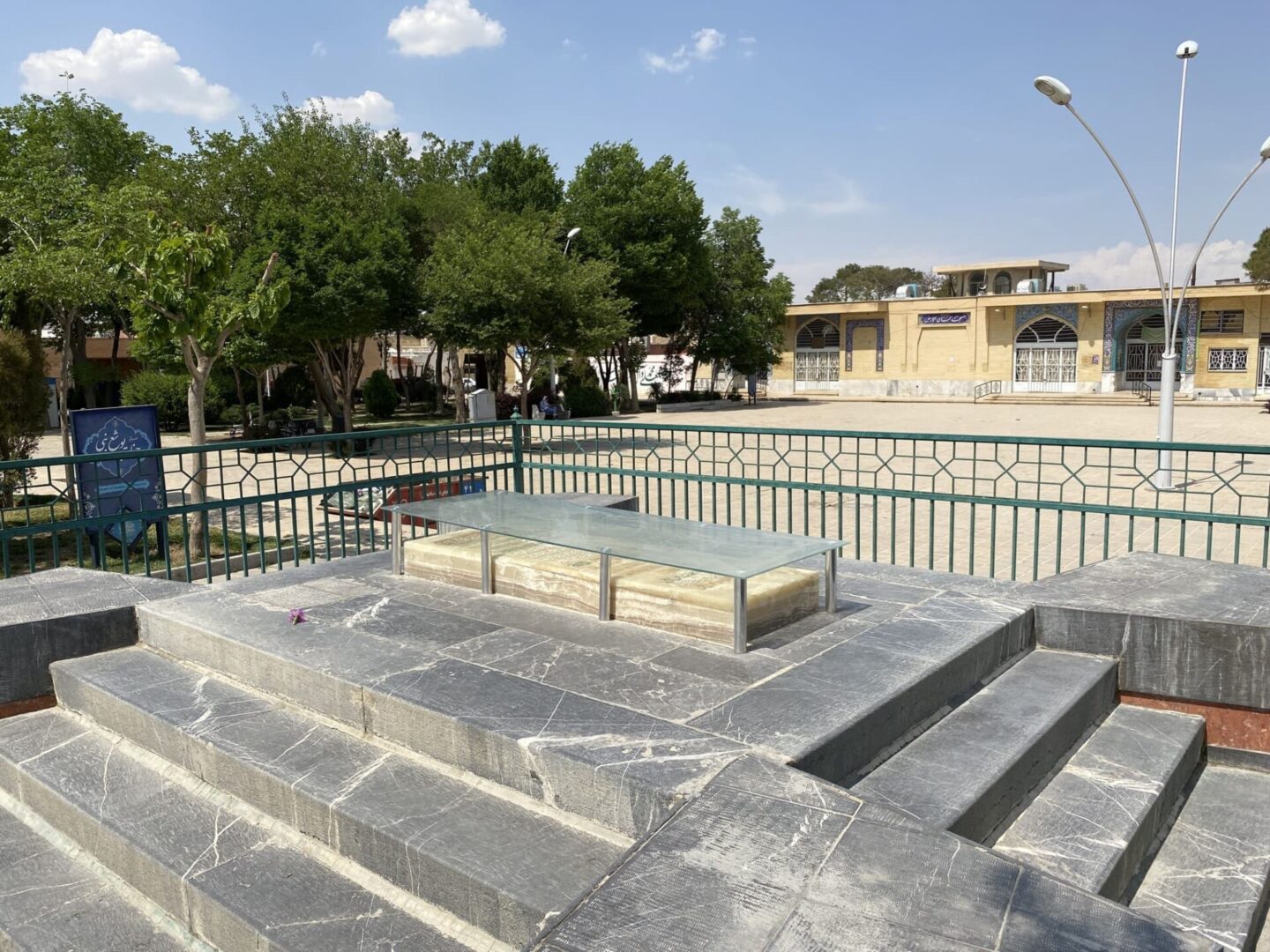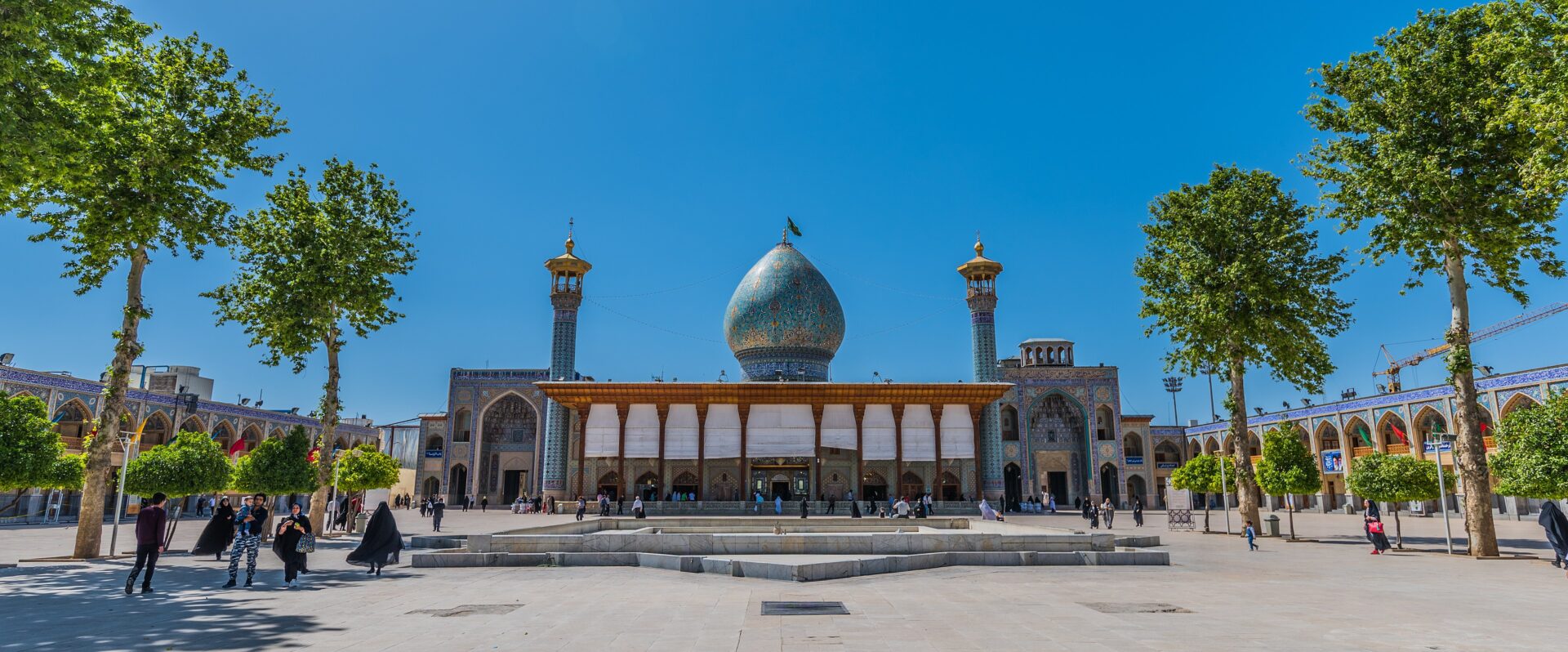Nishapur, Iran
Coordinates: 36.165900, 58.822300
Hz. Omar Khayyam رحمة الله عليه was a Persian mathematician, astronomer, philosopher, and poet. He was born in Nishabur, in northeastern Iran, and spent most of his life near the court of the Karakhanid and Seljuq rulers in the period which witnessed the First Crusade.
As a mathematician, he is most notable for his work on the classification and solution of cubic equations, where he provided geometric solutions by the intersection of conics.
Hz. Omar Khayyam رحمة الله عليه also contributed to the understanding of the parallel axiom.
As an astronomer, he designed the Jalali calendar, a solar calendar with a very precise 33-year intercalation cycle.
There is a tradition of attributing poetry to Omar Khayyam, written in the form of quatrains (rubaiyat).
This poetry became widely known to the English-reading world in a translation by Edward FitzGerald (Rubaiyat of Omar Khayyam, 1859), which enjoyed great success in the Orientalism.
Life
Hz. Omar Khayyam رحمة الله عليه was born in 1048 in Nishapur, a leading metropolis in Khorasan during medieval times that reached its zenith of prosperity in the eleventh century under the Seljuq dynasty.
Nishapur was also a major center of the Zoroastrian religion, and it is likely that his father was a Zoroastrian who had converted to Islam.
The historian Bayhaqi, who was personally acquainted with Hz. Omar Khayyam رحمة الله عليه, provides the full details of his horoscope: “he was Gemini, the sun and Mercury being in the ascendant[…]”.
His boyhood was spent in Nishapur. His gifts were recognized by his early tutors who sent him to study under Imam Muwaffaq Nishaburi, the greatest teacher of the Khorasan region who tutored the children of the highest nobility.
Hz. Omar Khayyam رحمة الله عليه was also taught by the Zoroastrian convert mathematician, Abu Hassan Bahmanyar bin Marzban.
After studying science, philosophy, mathematics and astronomy at Nishapur, about the year 1068 he traveled to the province of Bukhara, where he frequented the renowned library of the Ark.
In about 1070 he moved to Samarkand, where he started to compose his famous treatise on algebra under the patronage of Abu Tahir Abd al-Rahman ibn ʿAlaq, the governor and chief judge of the city.
Hz. Omar Khayyam رحمة الله عليه was kindly received by the Karakhanid ruler Shams al-Mulk Nasr, who according to Bayhaqi, would “show him the greatest honour, so much so that he would seat [Omar] beside him on his throne”.
Death
Hz. Omar Khayyam رحمة الله عليه died at the age of 83 in his hometown of Nishapur on 4 December, 1131, and he is buried in what is now the Mausoleum of Omar Khayyam.
One of his disciples Nizami Aruzi relates the story that some time during 1112–3 Hz. Omar Khayyam رحمة الله عليه was in Balkh in the company of Al-Isfizari (one of the scientists who had collaborated with him on the Jalali calendar) when he made a prophecy that “my tomb shall be in a spot where the north wind may scatter roses over it”.
Four years after his death, Aruzi located his tomb in a cemetery in a then large and well-known quarter of Nishapur on the road to Marv.
As it had been foreseen by Hz. Omar Khayyam رحمة الله عليه, Aruzi found the tomb situated at the foot of a garden-wall over which pear trees and peach trees had thrust their heads and dropped their flowers so that his tomb stone was hidden beneath them.
Poetry
The earliest allusion to Hz. Omar Khayyam’s رحمة الله عليه poetry is from the historian Imad ad-Din al-Isfahani, a younger contemporary of his, who explicitly identifies him as both a poet and a scientist.
One of the earliest specimens of Omar Khayyam’s Rubiyat is from Fakhr al-Din Razi.
Mausoleum
Mausoleum of Hz. Omar Khayyam رحمة الله عليه is located in a nice garden and it is designed in a creative manner.
There are many gift shops and a coffee shop around the garden. Some one may present photographic servises.
There is also a bust of the poet within the compound which is famous for its facial expression . There is an entry fee of 1500 Iranian Rials. Within the complex there are souvenir shops which sells the famous Neyshabouri Turquoise (Firoze).




